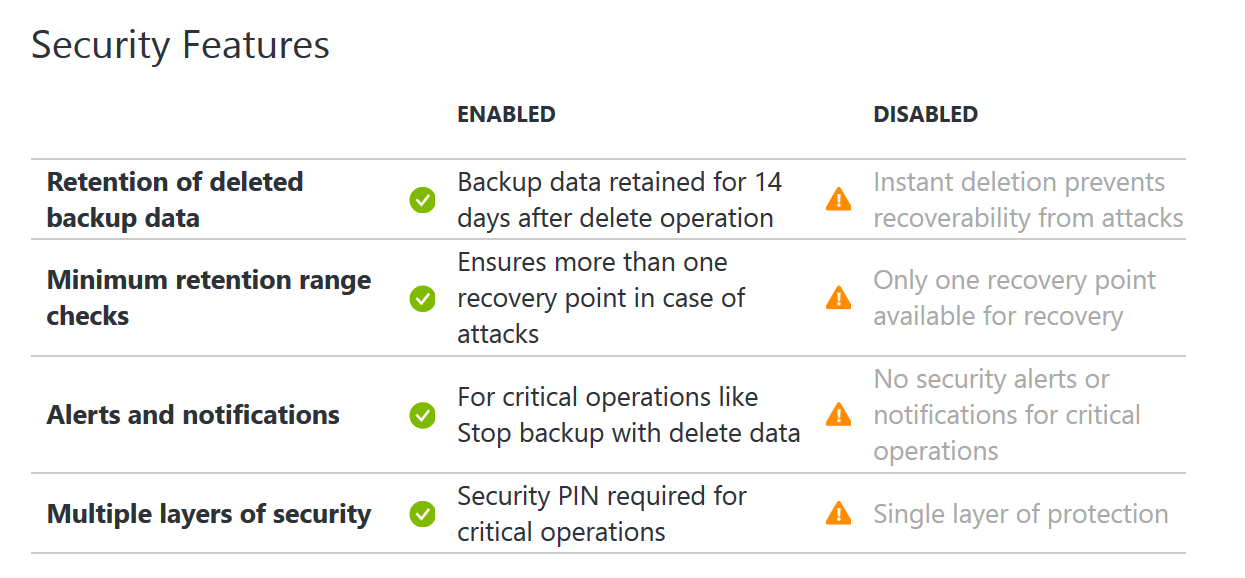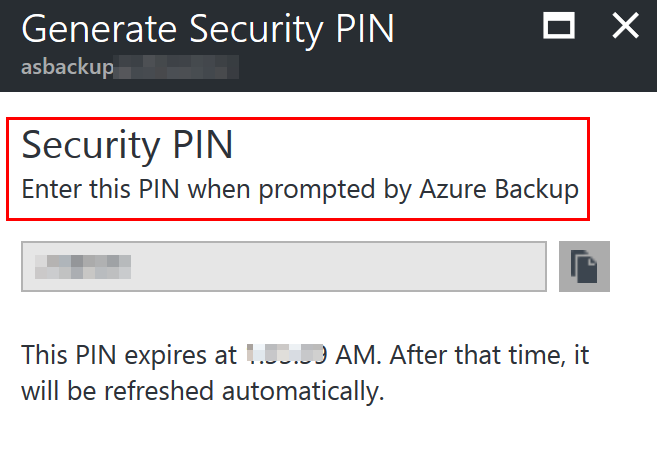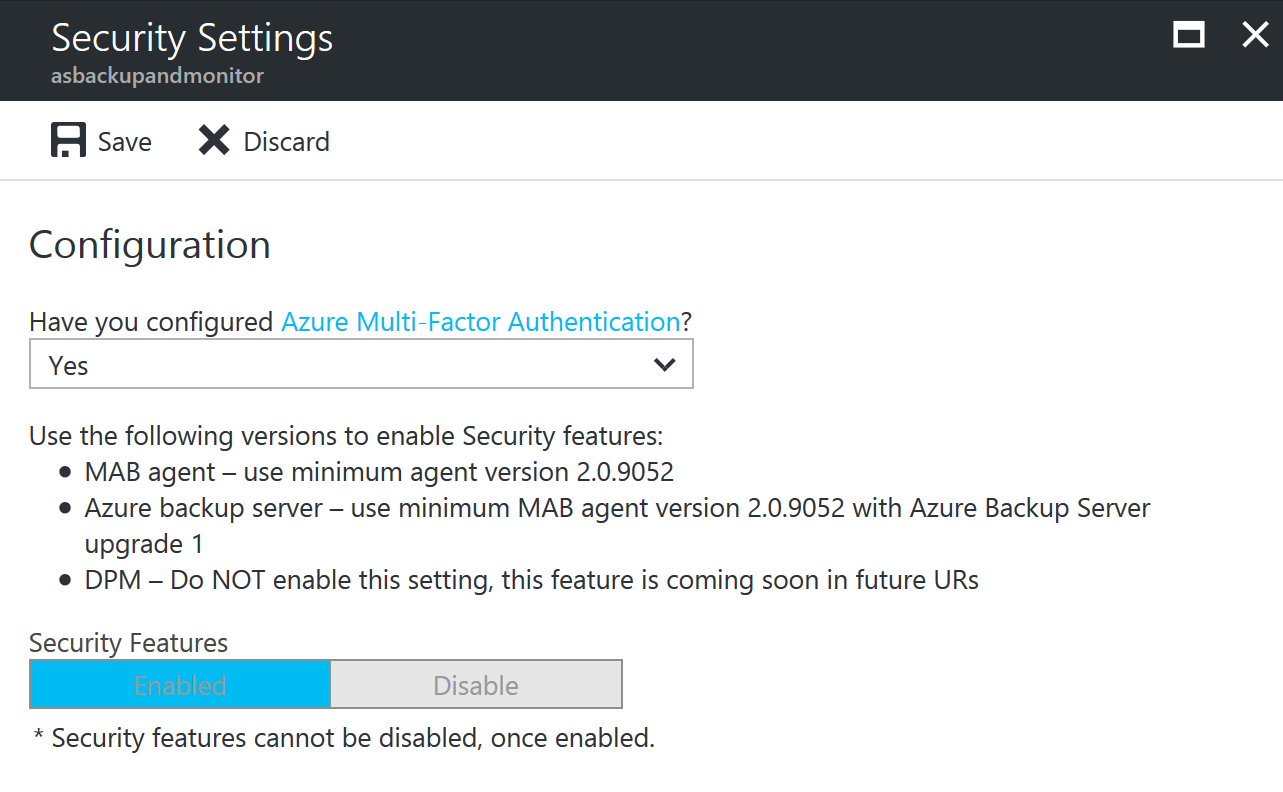The latest book project I have be a part of has completed and recently published. Back in August in this blog post (https://www.buchatech.com/2017/08/azure-stack-book-coming-soon-training) I mentioned this book was on its way. It is a book about Azure Stack that was officially published on December 21, 2017 by Pearson publishing. This book release has been very exciting as it is a part of the Unleashed series and this one marks the 5th book I have published. Here is a screenshot of all 5 from my Amazon author page:
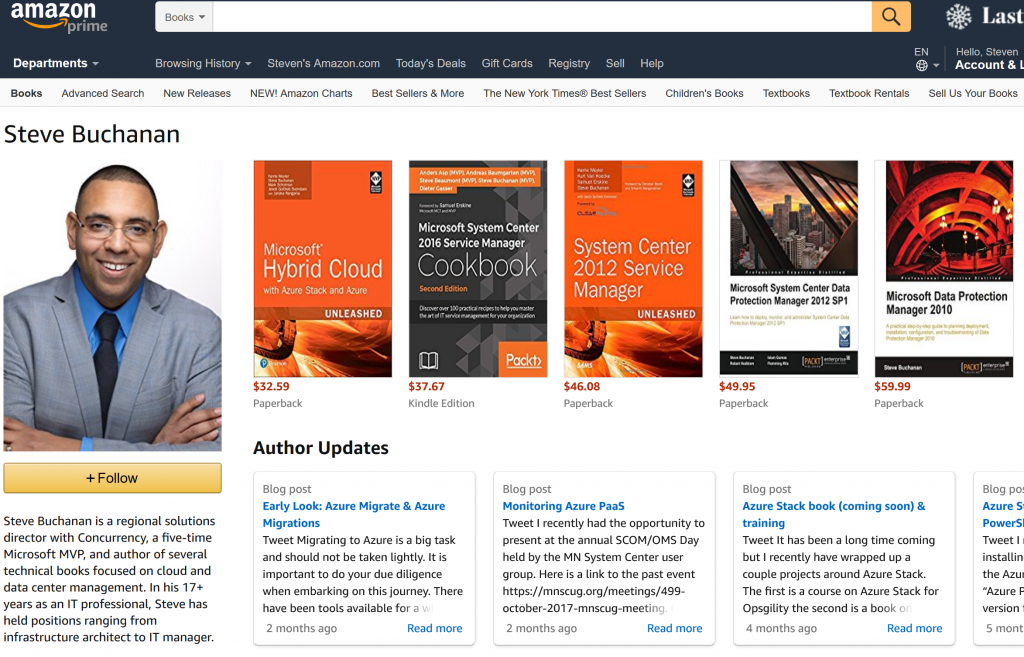
In total I have published 2 books on System Center Data Protection Manager, 2 books on System Center Service Manager, and now this book covering Microsoft’s Hybrid Cloud with Azure and Azure Stack. This book also comes at the right time as I recently made a transition to a new company (Avanade) with a new focus on Cloud (Azure/Azure Stack) and DevOps. 2018 and beyond look to be exciting times as I “Hit Refresh” on my career focus.
Books like this require a team effort. On this book I was honored to work with an expert team of authors. All of the authors are fellow Microsoft MVP’s. The other authors are: Kerrie Meyler, Mark Scholman, Jakob Gottlieb Svendsen, Janaka Rangama. Me and the other authors are pictured below + a former Microsoft MVP Nirmal.
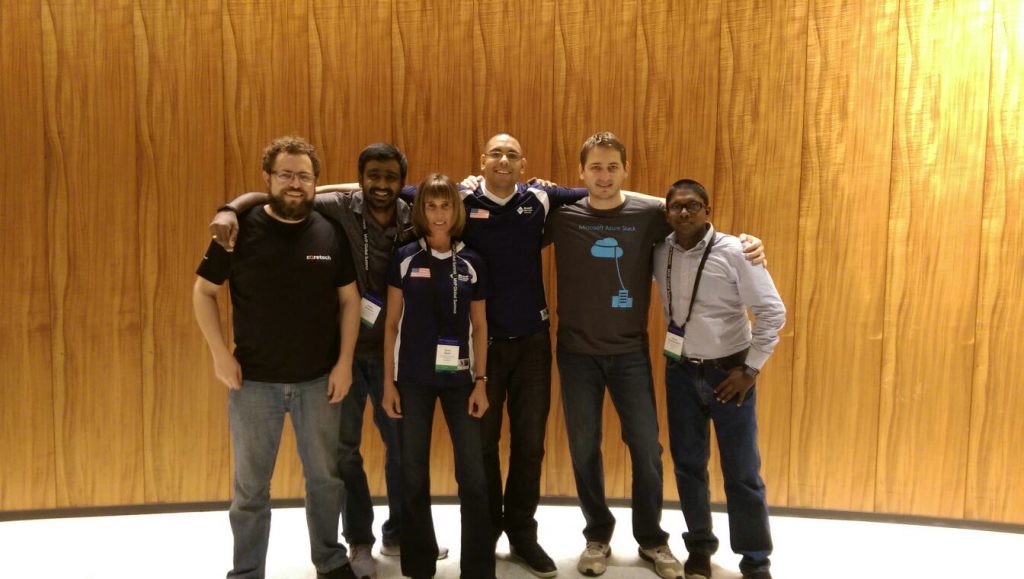
A part of the books team also included some members of the Azure Stack product group and Azure CAT team. We lucked out having Daniel Savage Principal PM Manager from the Azure Stack team write the foreword and Marc van Eijk Senior Program Manager from the Azure CAT team serve as our technical reviewer keeping us authors in line. 🙂
Each of us authors had so much to contribute and added much value across a variety of topics for Azure Stack. In this book I focused on bringing the readers into the cloud journey, showing the value of ITIL applied to cloud as well as the value of DevOps and then bringing ITIL and DevOps together applying them to Hybrid Cloud, took a deep dive into resource providers and management of Azure Stack through a CloudOps perspective.
Other topics covered in the book consist of preparing for Azure Stack deployments both with the development kit and integrated system, deep dive into the architecture of Azure Stack including the development kit and integrated system, data center integration with Azure Stack, configuring Azure Stack including delegation and for tenants, provisioning in Azure Stack, using OMS/DSC/VM extensions with Azure Stack, Customizing Azure Stack, automating in Azure Stack, and much more.
This book gives you the information you need around Azure Stack single and multi-node. It is a great place to start as you venture into the world of Microsoft Hybrid Cloud. The plan is to update this book as Microsoft continues to mature Azure Stack so this book will continue to be relevant.
Here is the book cover:
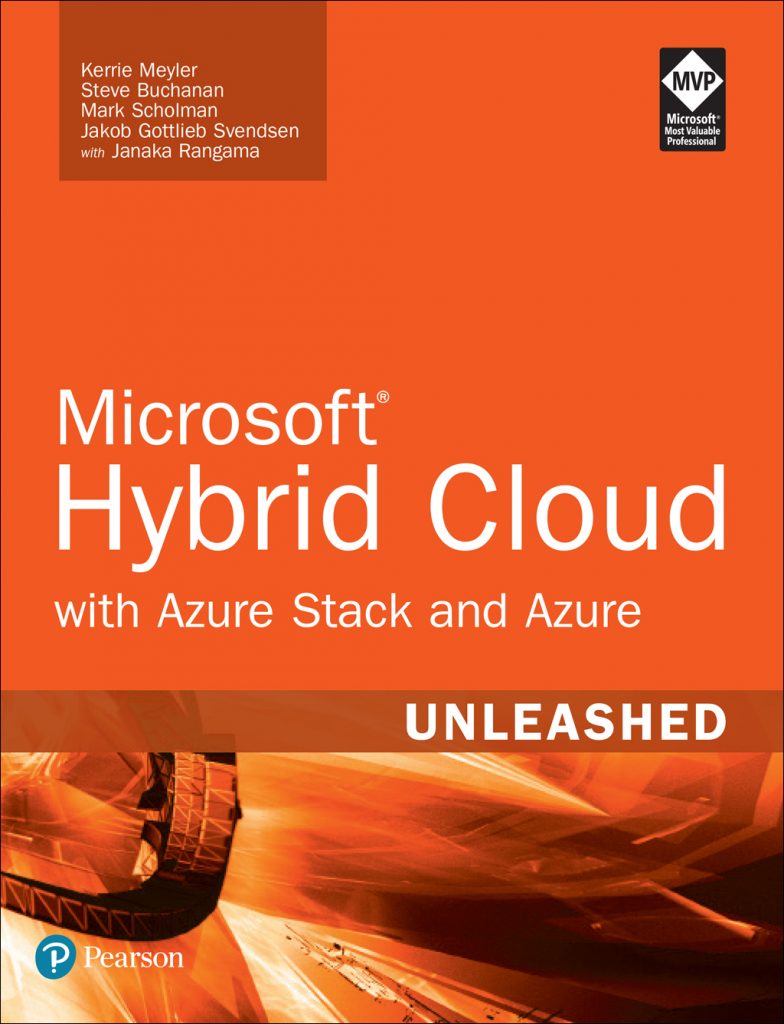
Here is the official description for the book:
“Microsoft Hybrid Cloud Unleashed brings together comprehensive and practical insights into hybrid cloud technologies, complete CloudOps and DevOps implementation strategies, and detailed guidance for deploying Microsoft Azure Stack in your environment.
Written by five Microsoft Cloud and Datacenter Management MVPs, this book is built on real-world scenarios and the authors’ extraordinary hands-on experiences as early adopters. Step by step, the authors help you integrate your optimal mix of private and public cloud, with a unified management experience that lets you move workloads at will, achieving unprecedented flexibility.
The authors also guide you through all aspects of building your own secure, high-performance hybrid cloud infrastructure. You’ll discover how Azure Stack enables you to run data centers with the same scalability, redundancy, and reliability as Microsoft’s Azure data centers; how to integrate Azure infrastructure and platform services with internal operations; and how to manage crucial external dependencies. The book concludes with a deep dive into automating and customizing Azure Stack for maximum reliability, productivity, and cost savings.
Detailed information on how to
- Run a private/hybrid cloud on your hardware in your data center, using APIs and code identical to public Azure
- Apply ITIL and DevOps lifecycles to your hybrid cloud implementation
- Gain a deep understanding of Azure Stack architecture, components, and internals
- Install and configure Azure Stack and master the Azure Stack Portal
- Integrate and utilize infrastructure, core, and custom resource providers
- Effectively provision, secure, and manage tenants
- Manage, monitor, troubleshoot, and back up Azure Stack with CloudOps
- Automate resource provisioning with PowerShell, the Azure CLI, templates, and Azure Stack’s API
- Write your own Azure Resource Manager templates
- Centrally automate cloud management and complex tasks connected to external systems
- Develop customized, production-ready Azure Stack marketplace items”
Here is a link to the book:
https://www.amazon.com/Microsoft-Hybrid-Cloud-Unleashed-Azure/dp/0672338505
Happy Azure Stacking!

